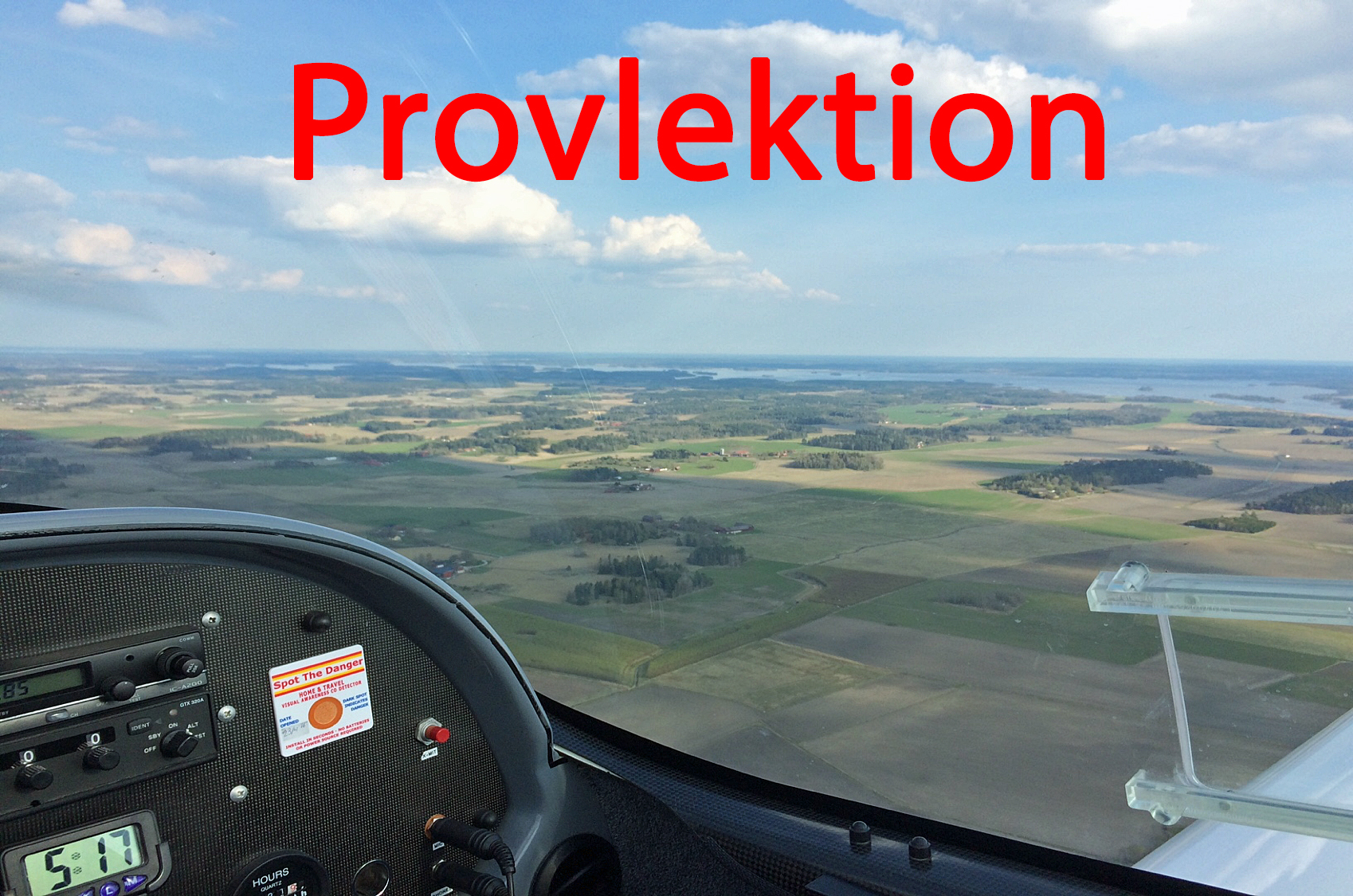The South Pacific Regional Trade and Economic Cooperation Agreement (SPARTECA) is a non-reciprocal trade agreement in which NZ (with Australia) provides preferential tariff treatment for certain products that are the production or production of Pacific Forum countries (known as the Forum Island Countries). For NZ products exported to an Island Country Forum, there is no preferential rate. For most products, it is not necessary for products originating in NZ under this agreement to be accompanied by a certificate of origin issued by a certification body. IiA Mapping Project The IIA Mapping Project is a cooperative initiative between UNCTAD and universities around the world to represent the content of II A. The resulting database serves as a tool to understand trends in CEW development, assess the prevalence of different policy approaches, and identify examples of contracts. The Mapping of IIA Content allows you to browse the results of the project (the page will be regularly updated as new results become available). Please note: UNCTAD, Mapping of IIA Content, available at investmentpolicy.unctad.org/international-investment-agreements/iia-mapping More information: Mapping Project Description – Methodology document International investment agreements (IAs) are divided into two types: (1) bilateral investment contracts and (2) investment contracts. A bilateral investment agreement (ILO) is an agreement between two countries to promote and protect investments made by investors from the countries concerned in the territory of the other country. The vast majority of IDu are bits. The category of contracts with investment rules (TIPs) includes different types of investment contracts that are not BITs. There are three main types of TIPs: 1) global economic contracts that contain commitments that are often included in ILOs (. B, for example, a free trade agreement with an investment chapter); 2.
contracts with limited investment provisions (for example. B, investment creation or free transfer of investment-related funds; and 3) contracts that contain only ”framework clauses,” such as. B on investment cooperation and/or a mandate for future investment negotiations. In addition to IDAMIT, there is also an open category of investment-related instruments (IRIs). It includes various binding and non-binding instruments, such as model agreements and draft instruments, multilateral conventions on dispute settlement and arbitration rules, documents adopted by international organisations and others. 4.7 AANZFTA was signed on 27 February 2009 in Cha-am, Thailand. It was presented to Parliament on 16 March 2009 and will come into force on 1 July 2009 if ratified by at least four signatory states. Based on experience, the FDFA predicted that ASEAN member states would ratify the agreement ”within a reasonable period of time.” [5] 4.45 This corresponds to the use of WTO attitudes as models and table marks for other trade agreements.
[44] 4.47 DFAT informed the Committee that clarity and friendliness were among the stated objectives of the FDFA in the AANZFTA negotiations. [46] Australian exporters should examine only a handful of tariff positions with uniform standard nomenclature and associated rules of origin to decide whether the AANZFTA or the bilateral free trade agreement is available. [47] The full text of the AANZFTA, including calendars, AANZFTA fact sheets, a guide to the chapters of the agreement and a context for negotiations, can be found on the DFAT website. In addition, the DFAT has published a document entitled ”Guide to Business: Using the First Protocol” to help exporters and importers take full advantage of AANZFTA. It contains practical advice on how to find rules for setting tariffs and rules of origin (ROO) for individual products.



